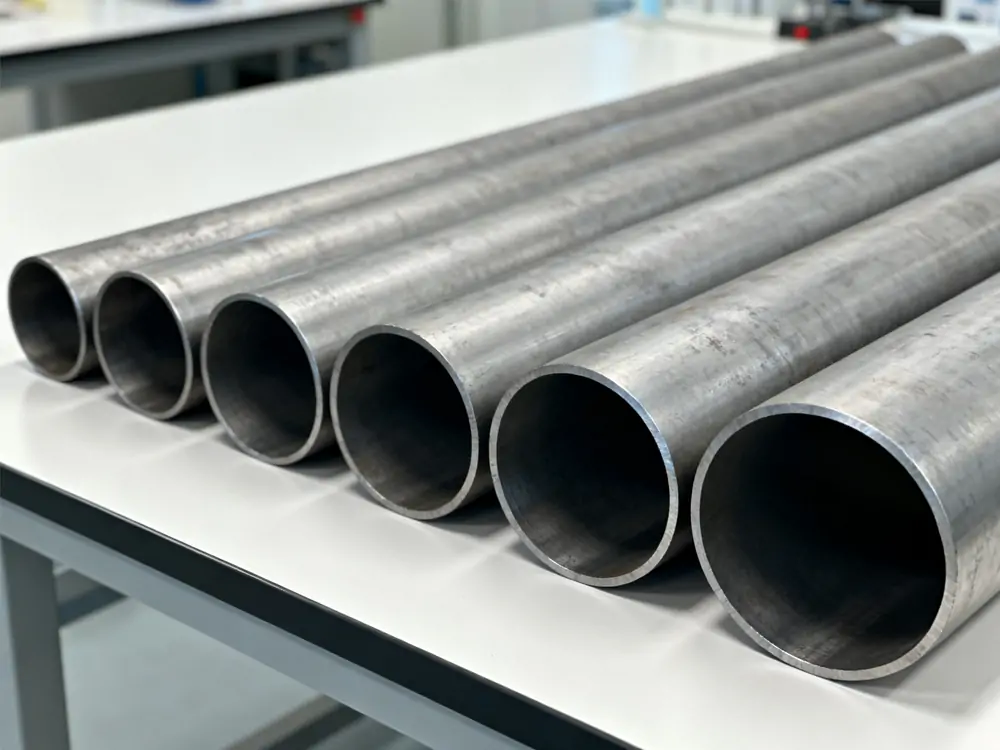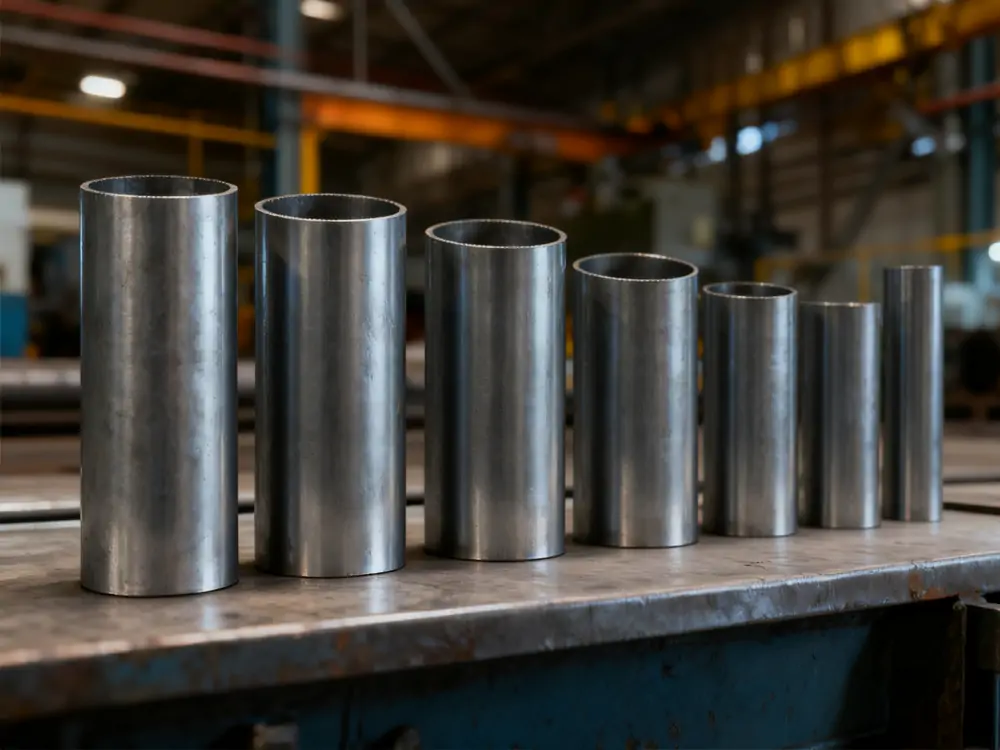When dealing with pipe systems, it is easy to confuse pipe schedules. It is important to understand the terminology, especially for engineers and contractors working on construction and industrial projects. This allows them to select the right pipe for the specific application, such as high-pressure handling or structural support. Are you curious to know about pipe schedules?
The term “pipe schedule” or precisely “SCH” is a standardized number that indicates the thickness of the pipe walls. As the schedule number increases, you will see the pipe wall thickness increase.
While there are a number of pipe schedules available, let’s understand what they mean and how they can impact the quality and different grades of pipes.
What does “schedule” mean in pipe?

Schedule (SCH) is a standard number assigned by the American National Standards Institute (ANSI). It tells us about the wall thickness of the given nominal pipe size. The scheduling system was developed by the American Society of Mechanical Engineers (ASME) to simplify specifications. For example, there are various schedule numbers for different pipes, such as Schedule 10, Schedule 20, Schedule 40, and so on.
The schedule numbers 10, 20, and 40 are dimensionless. They do not provide any information on the pipe’s diameter or other parameters. However, as the schedule number increases, the thickness of the inner diameter of the pipe increases.
This standardized number enables engineers and contractors to select a standard pipe regardless of the manufacturer.
Different pipe schedules
Although there is a wide range of schedule numbers, common schedules include 5, 10, 20, 40, 80, 100, 120, 140, and 160. Schedules 40 and 80 are the most widely used. This system makes designing, sourcing, and installing pipes much easier across industries.
Previously, before the development of this system, three standard steel pipe wall thicknesses were used: standard, extra-strong, and double extra-strong.
The formula for calculating pipe schedule is SCH = 1000(P/S),
where P represents service pressure and S represents allowable stress. Stainless steel pipes use an ‘S’ suffix after the schedule number.
It is important to note that different nominal pipe sizes can have the same schedule number. But as the pipe size increases, the wall thickness increases. Some data have been shown in the table as an example. It indicates the relationship between the three.
| Nominal Pipe Size (NPS) | Schedule Number | Actual Wall Thickness |
| 1.000″ | 40 | 0.133″ |
| 2.000″ | 40 | 0.154″ |
| 1.000″ | 80 | 0.179″ |
| 2.000″ | 80 | 0.218″ |
Higher schedule numbers always mean thicker pipe walls. This holds true regardless of the pipe size you’re working with. Even when pipes share the same schedule number, their wall thicknesses still vary with diameter.
Why does this matter? Thicker walls help pipes handle more pressure. They also keep the pipe strong and safe for its specific use. This system ensures that each pipe can perform its function properly without structural failure or leakage. The principle is clear: larger pipes need thicker walls to maintain strength and stability, even when they share the same schedule designation. This design approach keeps piping systems operating safely under pressure.
What is nominal pipe size (NPS)?

As there are two diameters of pipes measured– inner and outer. Nominal pipe size indicates the inner diameter. If the schedule number changes, the inner diameter will change. The outer diameter remains unchanged, irrespective of the changing schedule number.
Two main parameters used to specify steel pipes are the schedule number and the nominal pipe size.
Conclusion
To conclude, the schedule number is an essential parameter that specifies the inner wall thickness of pipes. It is a standard that allows engineers and contractors to select the ideal pipe for specific requirements, such as pressure-handling and structural support, across various projects. The increase in the schedule number indicates an increase in the inner wall thickness. But the outer diameter remains unaffected. Although various pipe schedules are available for different nominal pipe sizes, SCH 40 and SCH 80 are the most popular ones. Choosing the correct schedule number will help you support your project by operating safely under high-pressure conditions.
